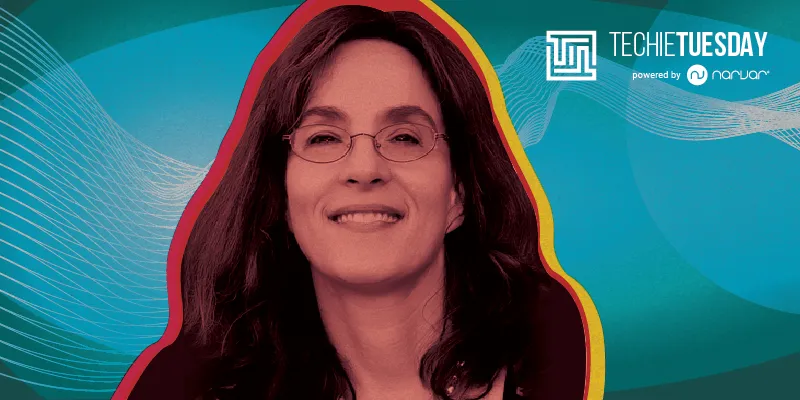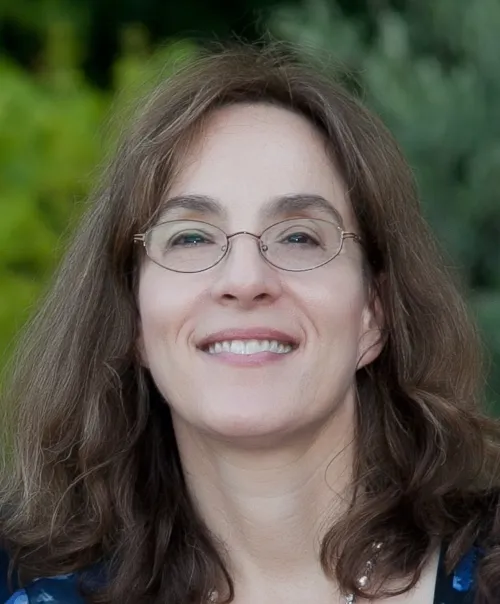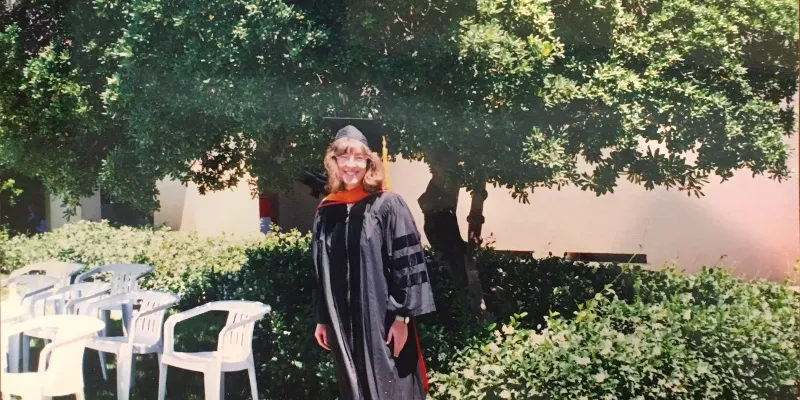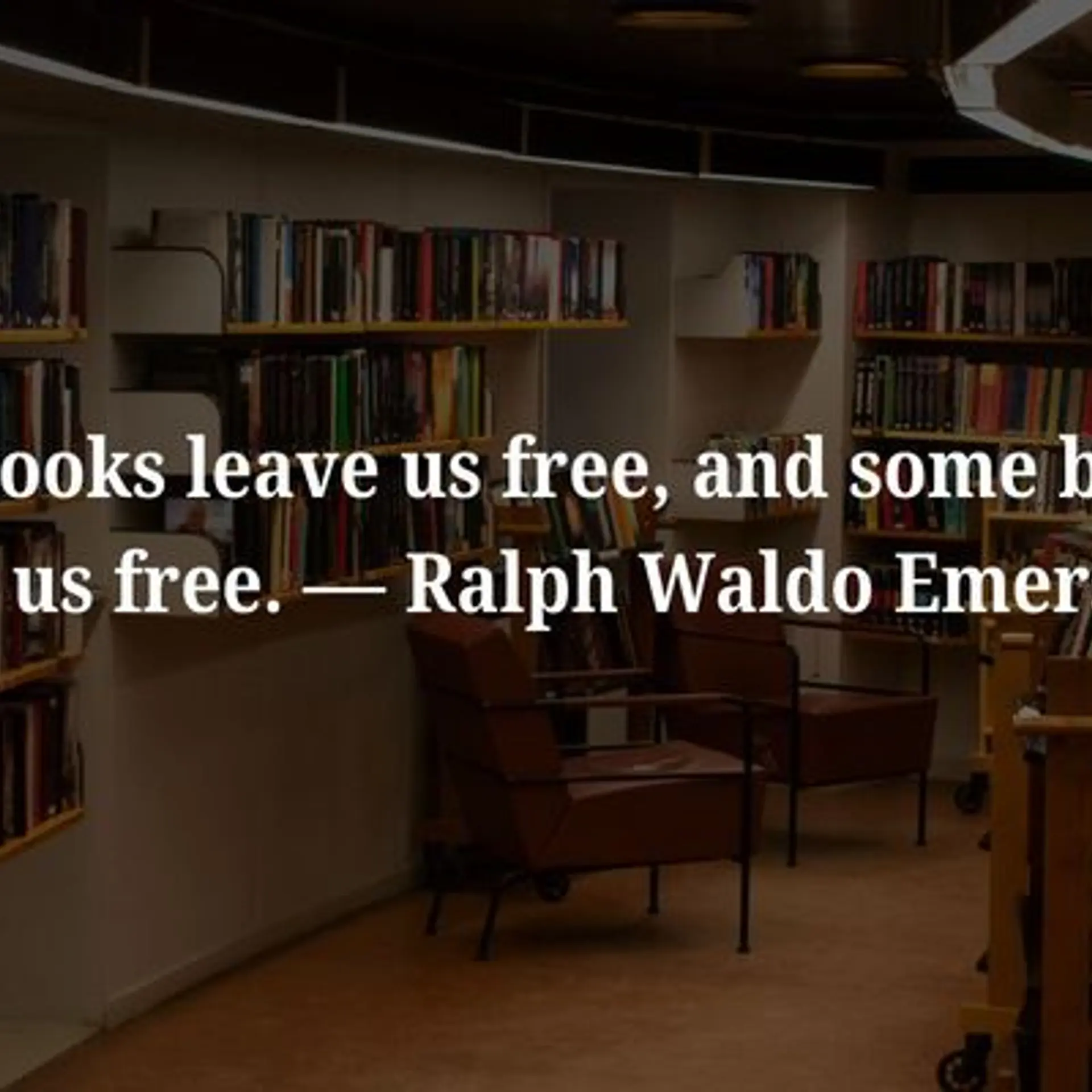[Techie Tuesday] Meet VMware’s first woman software engineer who now helms the tech platforms that power Uber
This week, on Techie Tuesday, we feature Jennifer Anderson, Senior Director of Engineering at Uber. In a conversation with YourStory, Jennifer charts her journey from being the only girl in her class at Stanford to the first woman software engineer at VMware. Today, she leads engineering at Uber.
The impact of technology – allowing you to do things you couldn’t before and making people’s life easier - always intrigued Jennifer Anderson.
Jennifer, who’s now the Senior Director of Engineering - Product Platform of Uber, says her love for technology began when her father, an electrical engineer, would bring home the latest piece of technology. The natural synergy between mathematics and technology got the young South Californian girl hooked.
Today, Jennifer is responsible for all Machine Learning (ML), data analytics, customer care, marketing and communications platforms at Uber.

Jennifer Anderson, Senior Director of Engineering - Product Platform Uber
A computer does what it is told
Jennifer recalls that she wrote her first code in BASIC at the age of 17, while still in high school. It was a dice game.
“My father brought the early personal computer home, which I remember took up most of the space in the room. But it was an interesting device and he kept encouraging me to play with it. At first, I played a lot of games on it, and slowly started reading magazines and tried programming,” Jennifer says.
She built the dice game with a simple algorithm during an informal programming class at school.
“But that feeling of seeing your code work is something I will never forget. It was then I realised - the computer does what you tell it to do. It doesn’t do what you mean for it to do. The trick is to be very precise in your instructions.”
Her love for mathematics gave her the push to try different combinations that gave those precise instructions to the computer. Soon, she went on to graduate in computer science, and did her Master’s and PhD in computer science from Stanford.
Eliminate shipping anxiety and convert shoppers into loyal customers.
60% of shoppers are more likely to choose a retailer who can tell them the exact date that their package will arrive, right at the time of ordering. Learn more
A journey of firsts
“Stanford was definitely challenging and there were moments where I wondered ‘why am I doing this?’ But then it was there that I learnt it was important to show up every day, do your best, and keep learning,” says Jennifer, who was the only girl in the class.
After Stanford, she worked on digital equipment at Western Research Centre. Her research was on high-performance computing and compilers, where she built programmes that would automatically analyse code to see how it would perform.

Jennifer Anderson
Jennifer says, “What interested me was how to analyse code and add profiling information, or make it more efficient. And how would a particular code change things? In technology, you just have to recognise that things are going to change, and be able to work around that change. You may really like a particular programming language, but it is going to be replaced by another one in a few years.”
While at the Western Research Centre, Jennifer had her first child.
One of the women who worked at the sister lab before her was Anita Borg, a legend for women in tech. Borg founded the Institute for Women and Technology and the Grace Hopper Celebration of Women in Computing.
“Her work there had set the context and helped the environment, and I gravitated towards companies that were inclusive,” Jennifer says. After Western Research Centre, she spent her next 11 years at VMware.
“Some of the people I knew at Stanford were founding VMware, and these were some of the smartest people I had worked with. Also, the team was a super technical building an interesting product,” she adds.
In 1999, Jennifer, who had given birth to her second child, became the first woman software engineer at VMware. Being part of the early days and building a company can be daunting and challenging, and Jennifer says what kept her going was continuous learning. She adds,
“There will be new things along. Take more opportunities and go off the beaten path, explore new things. Something that is an exploration today could be an opportunity tomorrow.”

Jennifer Anderson, during her Stanford days
Why early days matter most
Speaking of her VMware stint, Jennifer says,
“What I really liked about joining VMware early was that I got to see how the culture we set up and the decisions we made in the early days ended up shaping the whole company. We focussed on being a strong technical company and had high hiring standards. And that was filtered down to the team even as we grew. It is really interesting to see how some of the cultures you set early on get amplified as you grow. It is what makes a company great or not.”
Soon it was time to move to a startup. In 2013, Jennifer joined enterprise applications startup Bebop, which was later acquired by Google. For her, it was about the impact the product or company could create. She always wanted to be where the impact was significant - her motivating factor.
“I didn’t want to go to a company where the end goal was an acquisition. While we ended up getting acquired, it wasn’t Bebop’s primary goal. Every single person at Bebop was focussed on making the life of employees easier and better. Again, when I joined Uber two-and-half years ago, it was about the impact and what was I doing to make lives easier,” she says.
What is that code that can change everything?
Uber, she says, gave her the opportunity to build technology that makes life simpler and allows you to do things that you couldn’t have done before. The platform has made it simpler to get a ride and order food online, but it also has created an impact on the scale of building a powerful gig economy.
“It has the power at some point to even change the way cities may be built, with buildings with helipads, and a few parking lots,” Jennifer says.
Today, the focus of Uber is to think of new lines of business as an ordinary theme. “Uber is a global company operating in over 600 individual cities. From a technology team perspective, it is a great advantage. While we have the strength of a global focus, we also need to be mindful of each of the cities we work in. The idea is to build products that are flexible and customisable,” Jennifer says.
That, she feels, is the best and the most challenging part of Uber. “Products keep being developed at great velocity and speed, you need to be on your toes,” she says.
And for all the women looking to join the STEM field, Jennifer has one bit of advice: be yourself, and relax!
“Yes, you will be different. You’re a woman and they’re guys! Tech is about what you’re able to do and deliver. Wear a dress, wear makeup, bright colours. You may approach things differently and that’s okay. Embrace your differences. Don’t feel boxed in by the fact that there aren’t that many of you. Be yourself and you will be more comfortable, confident, and things will come through!”



![[Techie Tuesday] Meet VMware’s first woman software engineer who now helms the tech platforms that power Uber](https://images.yourstory.com/cs/2/a9efa9c0-2dd9-11e9-adc5-2d913c55075e/Jenifer_Anderson_TechieTuesdays_2-011560176967790.png?mode=crop&crop=faces&ar=2%3A1&format=auto&w=1920&q=75)







